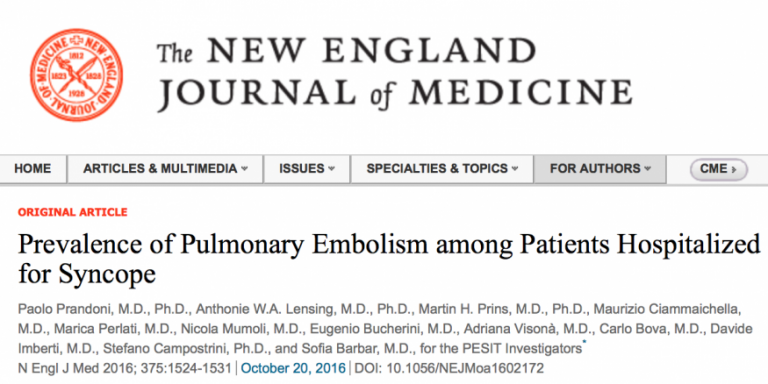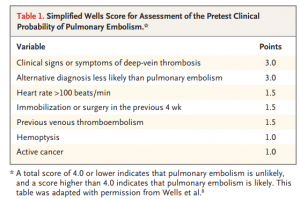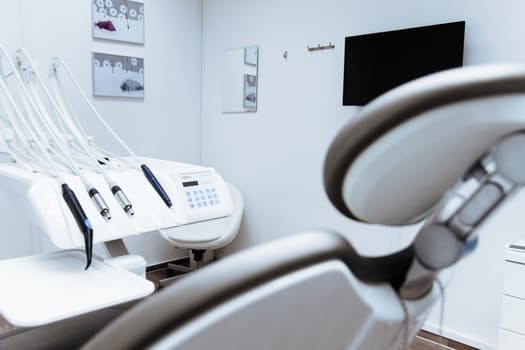December 4, 2017
More than two thirds of patients seen in an emergency department (ED) leave with instructions to follow-up, often for further diagnosis or treatment of chronic conditions. This practice is supported by numerous guidelines, and many practitioners rely on presumed access to urgent follow-up to safely discharge their patients. Additionally, time-specific discharge instructions have been viewed as a defense against potential litigation, regardless of the patient’s ability to comply. A new article by Chou et al published in the Annals of Emergency Medicine expands on previous research evaluating how often patients are actually able to obtain urgent follow-up, and how insurance status and condition impacts this ability.
To determine if prompt primary care appointments were available and whether this availability differed by insurance type, the researchers performed a “secret shopper” study to make appointments for simulated patients. This follows two previous studies in 1994 and 2005, where similar methods were used to determine insurance type impacted the ability to obtain follow-up. Most recently, the 2005 study by Asplin et al found that only 34% of Medicaid patients could obtain an appointment within 7 days, while privately insured patients were successful in 64% of cases. The new Chou et al study is the first to evaluate access since the passage of the ACA, which provided coverage to approximately 20 million more people, and approximately 241,000 newly insured patients in New Haven, Connecticut where the research data was collected.
In a “secret shopper”, or simulated patient survey, the primary objective to determine the differences in appointment availability and wait time by insurance status. A primary outcome is the proportion of calls that can obtain an appointment within 7 days. All active primary care practices in New Haven, Connecticut were included in the study, totaling 92 offices. After excluding OB-GYN, Veterans Affairs, HIV/AIDS clinics, student health clinics, and mental health clinics, 53 active practices were included in the simulated patient survey. The study utilized two scenarios; uncontrolled hypertension and non-traumatic low back pain. Electronic health records were created for each simulated ED visit as most primary care offices would have access to these documents. Two callers were trained to use standardized call scripts to present either of the two scenarios, while altering between commercial insurance, a state exchange plan, or Medicaid. This created 6 different combinations between insurance type and clinical condition. Each practice was called 6 times, once with each combination, between October 2015 and May 2016. The calls were placed into scheduled sets so as to avoid offices from recognizing the callers’ voices, and the order of calling was randomized within each set.
The callers completed 604 calls during the study period, with an adjusted 7-day appointment rate of 30.7% and adjusted overall appointment rate of 68.2%. The overall median wait time was 8 days, with an adjusted mean wait time of 16.4 days. Because the researchers were utilizing the same offices multiple times, they created estimating equation models to calculate mean waiting time and adjusted 7-day appointment rates. The researchers found that Medicaid patients had a lower 7-day appointment rate (25.5% vs 35.7%) and lower overall appointment rate (53.5% vs 77.8%) than commercial insurance. However, there was no significant difference in appointment rates between commercial insurance and state exchange insurance. Although low back pain scenarios had a lower 7-day appointment rate (27.6% vs 33.7%) there was no difference in overall appointment rates.
The most common reason given for declining an appointment overall was that the practice was not accepting new patients (41.9% of all declined requests) while Medicaid patients were most likely to be told their insurance was not accepted (57.4% of declined Medicaid requests). During debriefing, both callers noted anecdotally that they were confronted with more questions about medication use when calling with back pain, and were declined by staff citing they did not provide pain management or back pain care. Although this study was performed in a single city with access to one of the oldest state insurance exchanges and cannot be generalized to many populations, the results are similar to other multi-state studies and provide a comparison to pre-ACA data.
This article provides an interesting and informative perspective on the current state of urgent follow-up availability. When taken in context with the previous research, the Chou et al study shows there is a continued inequality in access to follow-up care, as well as a practical limit to how soon patients are able to obtain an appointment, despite the recommendation of an emergency provider.
Acknowledging the reality that most patients are unable to follow-up within the classically prescribed 2-3 days is an important step in recognizing and understanding the complexities of providing safe transitions from the ED. Furthermore, as the authors highlight, there is a need for improved partnerships between the emergency department and primary care providers to improve primary care access and integration.
Evan Kuhl, MD is an Emergency Medicine Resident at The George Washington University Hospital

















